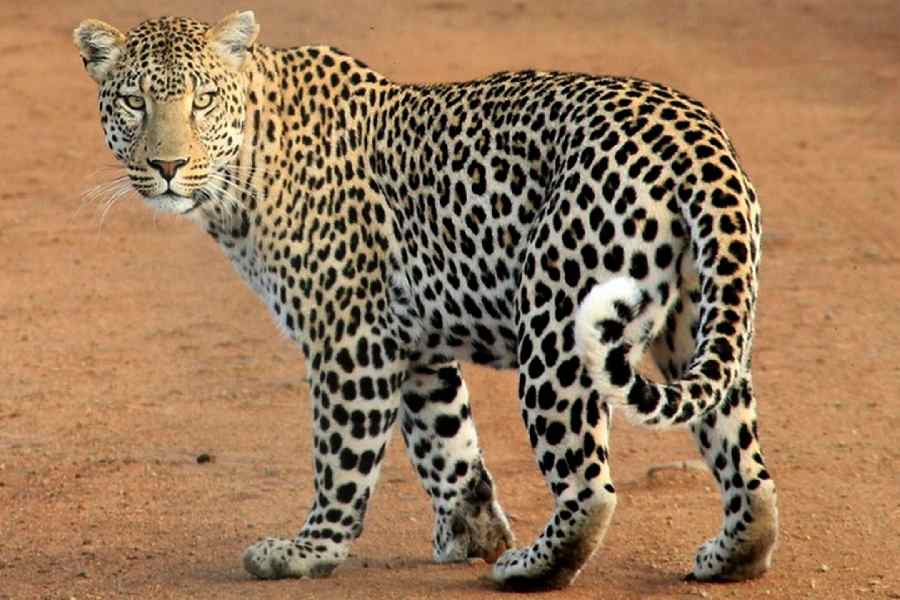1. Ski jacket... fabrics that can keep the body's temperature balanced according to the outside climate, that is. Stretch fabrics have a more relaxed and versatile capacity (you need it while skiing down a snowy mountain). Fitted styles and waterproof wear are a better option for skiers for the wider range of motion. While selecting a ski jacket go through this checklist: waterproof, breathable fabrics, with taped seams, venting zippers and insulating stretch components for comfort.
2. Ski boots... are all-important. Ill-fitting boots increase stress on the knee joints. So pay attention to size, shape and flexibility of the boots. Your toes should touch the front until you bend your knees forward. Then your toes should pull back and have just a little room to wiggle. Basic construction of all ski boots is similar, consisting of a rigid polyurethane shell, with a soft removable inner. Boots can be front-entry, rear-entry or mid-entry. Rear-entry boots are believed to provide more comfort and ease of fastening — an appropriate choice for a beginner. Front-entry provides optimum precision and control, while mid-entry boots profess to offer the advantages of both systems.
3. Ski goggles... are essential while skiing, because the glare of the snow during bright days exposes skiers to harsh UV rays. Having tinted lenses with UV protection can enhance your visibility. Extreme weather conditions make skiing on the slopes even more difficult if you do not have decent ski goggles with you. Goggles should extend above the eyebrows, below the cheekbones and have no gaps near the nose. Look for 100 per cent UV protection and wraparound frames that keep light from entering from the top and sides.
4. Ski headgear... for protection against the cold and wind. A woollen cap is ideal. Headbands also work. A comfortable helmet is always a good option and provides good protection while skiing or snowboarding. On a sunny day, a baseball cap is better as the bill shades your eyes. Helmets are mandatory while skiing downhill.
The dual-density foam liner and sweat-absorbing material in the front and back help to keep one comfortable.
5. Skis... the right pair should feel like part of your body. The wrong pair can seem viciously uncooperative. You need to take a lot of time and effort to get the right pair that will suit your style and needs exactly.
There are so many types of skis available now; from telemarking and cross-country skis to race skis and ski boards — it’s hard to know where to start. Alpine skis are precise, fast and high-performing and are suited to advanced through to race levels. Freeride skis float through powder snow, cut through crud and slice through the slush. Usually 50 per cent-on-piste, 50 per cent off-piste, they are suitable for advanced, expert race skiers. Seventy per cent piste and 30 per cent off-piste, these skis are suited to advanced and expert skiers. All mountain trailblazers are easy turning piste carvers that are designed for blazing around the blues and reds. Suited to beginners and intermediates through to advanced skiers. Just cruising are very easy-turning beginner and intermediate carving skis. They’re perfect for cruising along blues and greens.
Carving carvaholics are short, fun, extreme carving skis. They will perform best if used by advanced and expert skiers. Nu school have twin tips, ski boards and jumping skis. They’re fun skis for the fun parks.
6. Ski poles... consist of a shaft, a handle and a basket. The most common is the strap type, with a loop of leather or webbing to attach the pole to the wrist. Almost all rental poles are this type. Of handles, the sword-grip type consists of a moulded guard, which extends round the back of the hand. For skiing on piste, the size of the basket is irrelevant and many skiers prefer small baskets. In powder snow, a larger basket prevents the pole from sinking. The shaft is usually made of a light metal such as aluminum, although composite materials offer an expensive, lighter and currently trendier alternative. Straight poles are cheap and adequate for most skiers. Corrective angles (a slight, forward bend below each handle) may help the skier to plant the pole correctly. A forward and a backward bend, on the other hand, cancel each other out and make little difference. Aerodynamic poles are important for downhill racers and speed skiers.
7. Ski bindings... are the most important piece of the skiing equipment. Most makes of binding consist of three components: a heel-piece, a toe-piece and a brake. Sometimes the heel and toe are mounted separately; sometimes they are attached on one plate. Heel-piece: This releases upwards, opening in a forward fall. Some models offer a diagonal or sideways heel release. Toe-piece: This allows sideways release in the event of a twisting fall. A teflon anti-friction pad under the toe allows the boot to slide easily even when body weight is pushing down on it during a fall. Brakes: When one steps in, the brake lifts out of the snow. If the binding releases, the brake springs back down, preventing the ski from escaping down the mountain and causing injury to other skiers.
8. Ski knee pad... is slim, lightweight and designed to fit comfortably under baggy shorts or pants. The soft cap protection is light and airy while a stretch knit backing, neoprene cuff and a velcro strap combine for a comfortable and secure fit. Stiff foam protects the knees and elbows from falls. A pair of elastic nylon straps holds each pad in place.
9. Ski elbow guard... stiff foam protects elbows from falls. A pair of elastic nylon straps holds each pad in place. Strong, padded nylon, direct ventilation through high impact resistant caps. One size fits all.
10. Ski wrist guard...the most vulnerable part of the body when in-line skating are the wrists. Wrist guards protect the wrists from inevitable falls.










